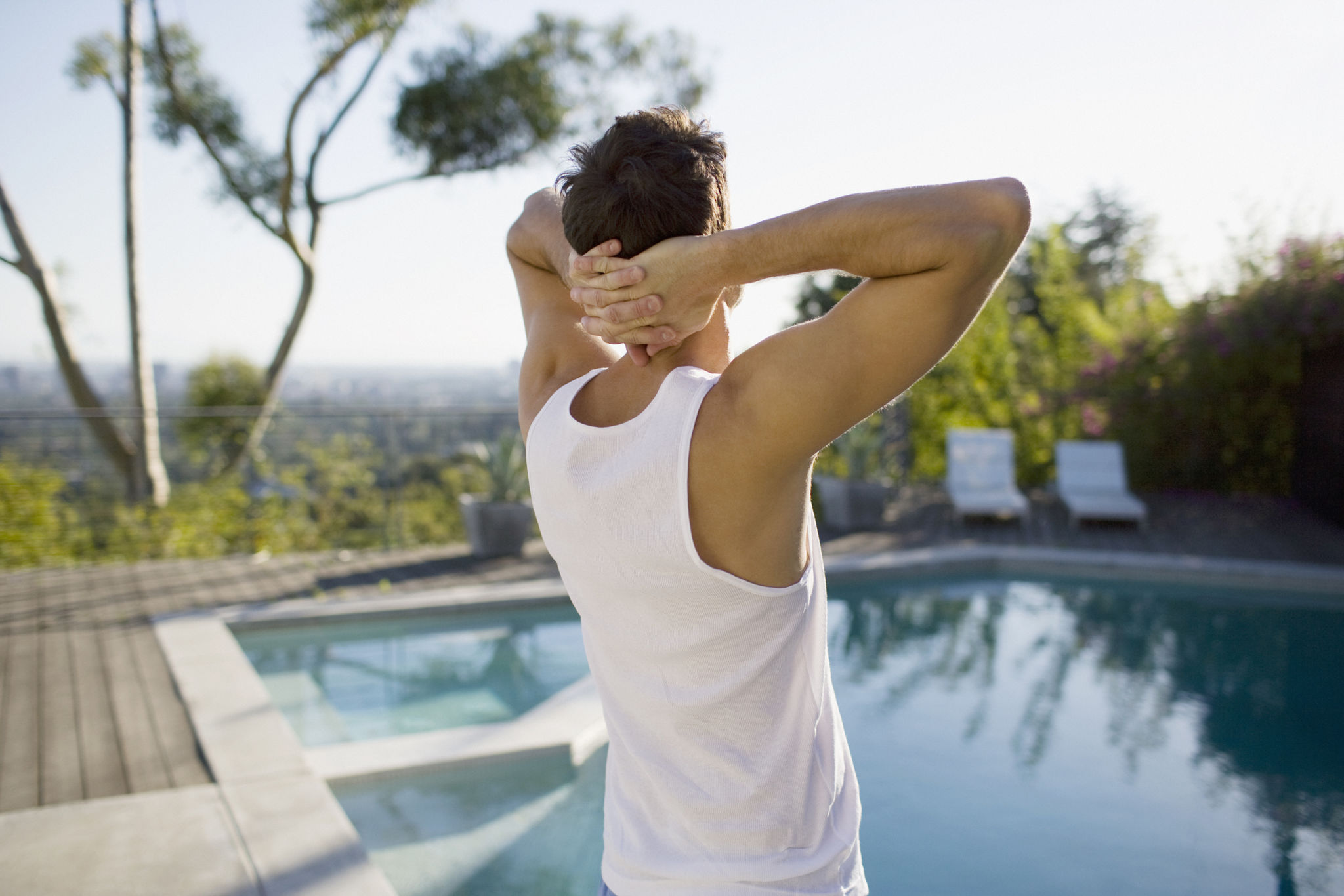Mastering the Art of Lifestyle Photography: Tips for Beginners
Understanding Lifestyle Photography
Lifestyle photography is all about capturing real-life events, situations, or milestones in an artistic manner. It often involves candid moments, making it a great way to tell stories through images. As a beginner, understanding the essence of this genre can set you on the path to creating compelling visual narratives.

Choosing the Right Equipment
While lifestyle photography doesn't require the most advanced gear, having the right equipment can make a difference. A good camera with a versatile lens, such as a 50mm or 35mm prime lens, is ideal for capturing intimate moments. Don't forget about lighting; natural light is preferred, but having a portable reflector or speedlight can be beneficial in low-light situations.
Mastering Composition
Composition is key in lifestyle photography. The rule of thirds is a basic yet powerful guideline that helps create balanced and visually appealing photos. Pay attention to your background and surroundings to avoid distractions from the subject. Remember, the goal is to create an image that draws the viewer's eye to the main focus naturally.

Capturing Authenticity
The beauty of lifestyle photography lies in its authenticity. To capture genuine emotions and interactions, it's important to make your subjects feel comfortable. Engage with them, create a relaxed environment, and avoid overly posing them. Candid shots often speak volumes more than perfectly posed ones.
Utilizing Natural Light
Natural light is a lifestyle photographer's best friend. The soft, diffused light during golden hour—the first hour after sunrise and the last hour before sunset—can add warmth and depth to your images. Experiment with different times of day to see how natural light affects your photos.

Editing and Post-Processing
Editing is an essential part of photography that can enhance your images without altering their authenticity. Use editing software to adjust exposure, contrast, and color balance. Be cautious not to over-edit; the goal is to maintain the natural feel of the photograph.
Building a Portfolio
As you hone your skills, start building a portfolio that showcases your style and versatility in lifestyle photography. Include a variety of images that highlight different aspects of life and emotions. A strong portfolio can help you attract potential clients or collaborators who resonate with your vision.

Conclusion
Mastering lifestyle photography is a journey that requires patience, practice, and a genuine interest in capturing life's moments. By focusing on authenticity, mastering composition, and utilizing natural light, you can create stunning images that tell compelling stories. Remember, the best way to improve is to keep shooting and learning from each experience.
